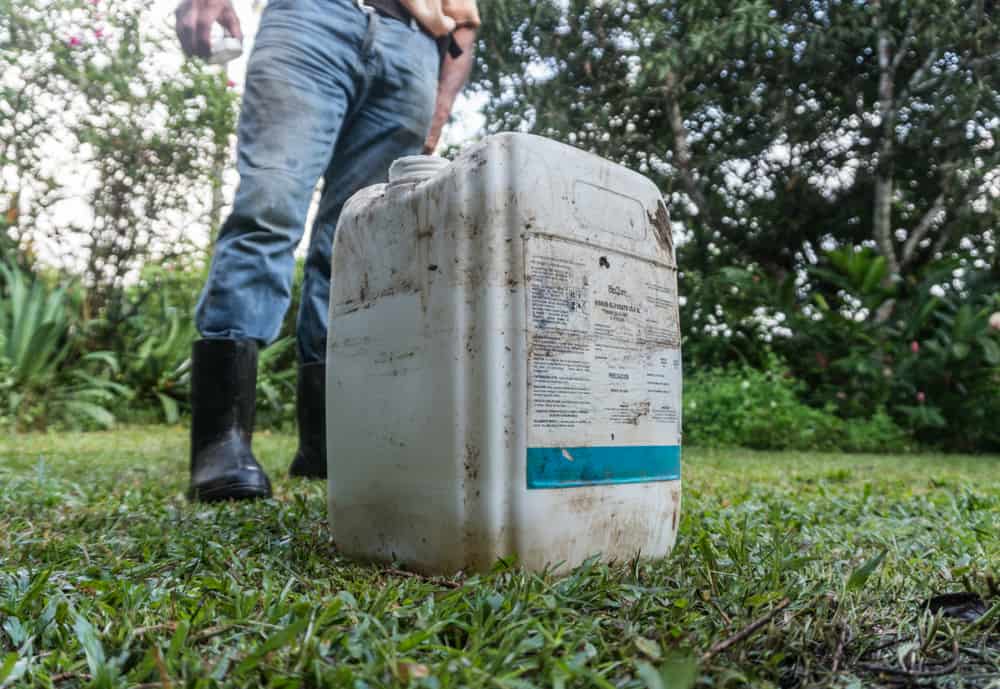Environmental groups have reported a second incident of fish poisoning within two weeks in Laguna Santa Marta and Laguna Madre de Dios on the Pacuare River in Batán, Limón, Costa Rica. The contamination was allegedly caused by nematicides applied to nearby banana plantations during the rainy season, disregarding potential environmental impacts as rain increases runoff into the river ecosystem.
The Madre de Dios Lagoon (LMD) is a complex estuarine system on Costa Rica’s Caribbean coast, rich in biodiversity, with species important to both local fishing and commercial consumption. This includes endangered species like the manatee. The lagoon sits near expansive monoculture plantations of pineapple and bananas, which increase the risk of agricultural runoff.
Research from the Regional Institute for the Study of Toxic Substances (IRET-UNA) confirms that pesticides from nearby farmland are carried by runoff into the lagoon’s tributaries, leading to the presence of highly toxic pesticides and agrochemicals in the lagoon waters. This ongoing contamination is linked to substantial fish deaths, impacting the local ecosystem and the surrounding communities that rely on it.
Authorities from the Judicial Investigation Agency (OIJ) and the Coast Guard have documented the incident, collecting samples from the dead fish to assess toxicity levels.
Previous Cases of Contamination
In 2003, thousands of fish and other aquatic organisms, including species like eels, snook, guapotes, mojarras, and machacas, died due to similar contamination. Following that incident, the multinational Standard Fruit Co. reached a settlement with the Environmental Administrative Court, paying $8,000 per year for five years to repopulate the Pacuare River. However, environmental assessments concluded that a full recovery would take five years for fishing activities and four years for tourism.
The contamination of these waters has had severe ecological impacts, including mass fish mortality and loss of biodiversity. Communities close to the Madre de Dios Lagoon are among the most affected, with around 100 families who depend on tourism, fishing, and coconut production as primary sources of income. These families rely on the lagoon’s health for sustainable tourism and environmental conservation.







